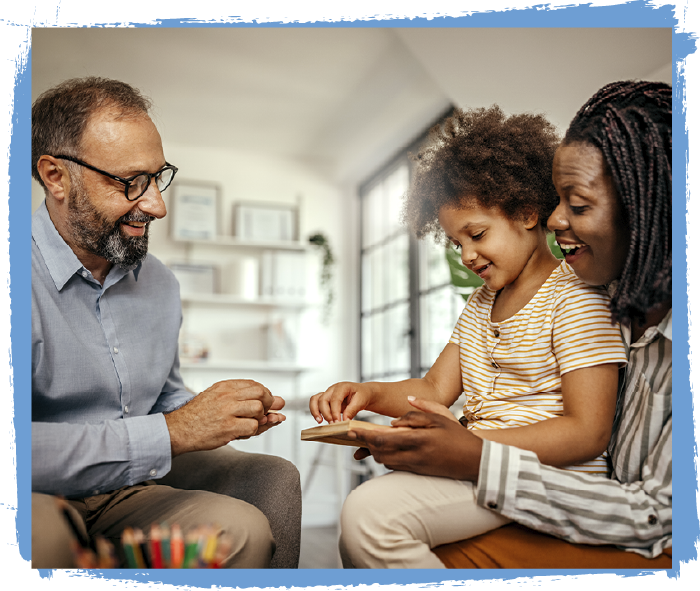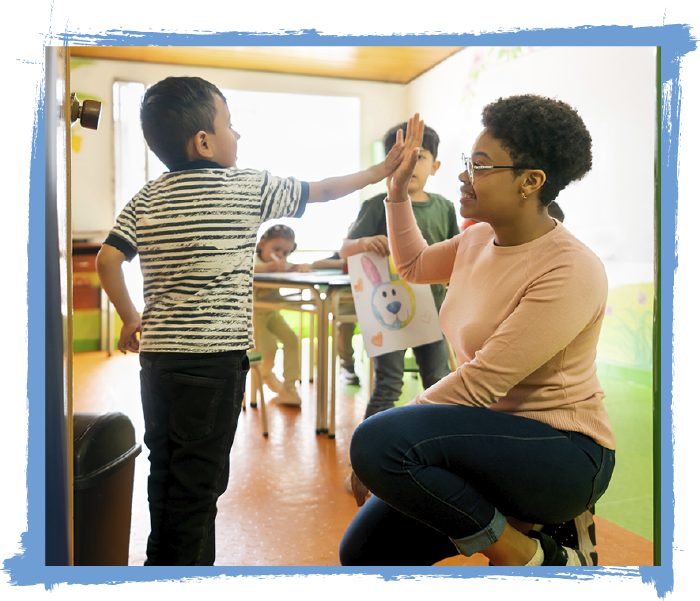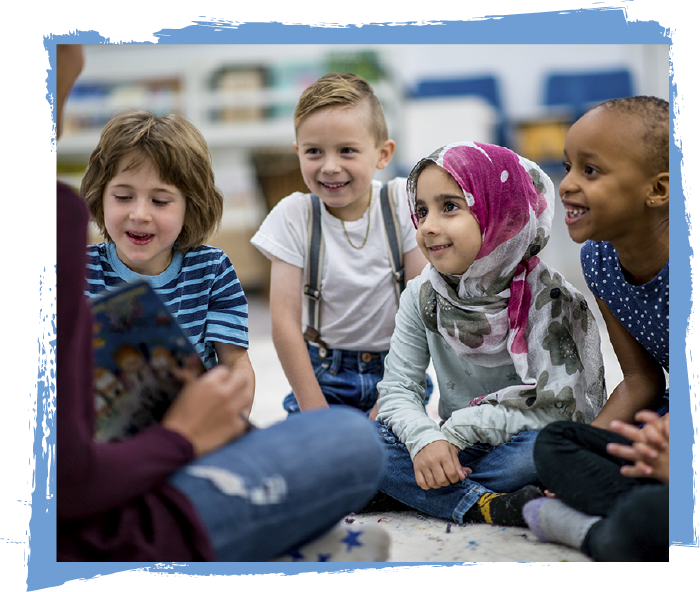A Teacher’s Guide to Learning Differences and ADHD
One in five kids in the United States have learning and thinking differences like dyslexia and ADHD. That means you likely teach students who learn and think differently.
How can you help these students thrive in your classroom? How can you work with their families? And how do you implement accommodations and find the support you need? Explore these resources to learn how.
TEACHER RESOURCES

Collaborating with families
It takes a team to support students — especially those who learn and think differently. Learn about your role in a student’s Individualized Education Program (IEP). Get ideas on how to build strong relationships with students and families. And find out why it’s important to elevate their voices.
» How to begin positive relationships with families: 8 tips to try
» For teachers: What to expect in an IEP meeting
» 5 tips for teacher collaboration when students struggle
» Building positive relationships with students: What brain science says
» The power of self-advocacy for kids at IEP and 504 meetings


Productive conversations with families
You know how important it is to communicate with families. But when it comes time to talk about a concern, it can be hard to know how to start. And these conversations can be just as difficult for families. These resources can help you have meaningful, respectful conversations.
» Conversation starters for teachers to use with families
» Understanding behavior as communication: A teacher’s guide
» Family engagement and student success: What the research says
» How to break down communication barriers between teachers and families


Supports for specific learning differences
Classroom accommodations remove barriers to learning for students with disabilities. They change how students learn, not what they learn. Explore these resources for more support with specific learning differences like ADHD, dyslexia, and more. You can even download and print one-page lists for easy reference.


Students of color and learning differences
Kids of color who learn and think differently often face a double stigma. Teachers might not be aware of biases that affect their interactions with students of color and their families. And for English language learners, navigating special education can be complex. In fact, teachers nationally say they feel their school is meeting the needs of white families more than low-income and kids of color. Learn more.
» What is culturally responsive teaching?
» 5 myths about English language learners (ELLs) and special education
» English language learners in special education: 4 things to know about partnering with families
» Perspectives: How to make sure families of color are heard by the school


Universal Design for Learning (UDL)
Want to design lessons that are inclusive of all learners? Try UDL. It guides the design of learning experiences to proactively meet the needs of all learners. Explore these resources to learn how to use UDL in your classroom.
» Universal Design for Learning (UDL): A teacher’s guide
» How to break down barriers to learning with UDL
» The difference between Universal Design for Learning (UDL) and traditional education

Check out these helpful videos






